Hundreds of commodity cars are transported daily through the Horgos Port, a comprehensive highway and railway port in the Xinjiang Uygur autonomous region, to Kazakhstan, Uzbekistan and other countries and regions involved in the Belt and Road Initiative.
A total of 134,000 commodity cars, an increase of 310 percent year-on-year, have been exported through the port during the first seven months of this year, according to customs data.
"Xinjiang is transforming from a relatively closed inland region to a more open area," said Zhang Shijun, deputy director of the autonomous region's policy research and reform office, adding Xinjiang has engaged in economic and trade cooperation with 190 countries and regions.
He said that 118 bilateral international road transport routes have been opened in Xinjiang, accounting for over one-third of China's total. It has also established 26 international air routes, reaching 19 countries.
This year marks the 10th anniversary of the Belt and Road Initiative. Xinjiang is striving to build a "golden corridor" that connects Asia and Europe by taking advantage of the Urumqi international land port as a leading force, supported by the Kashgar and Horgos economic development zones.
As one of the flagship projects in the construction of the Silk Road Economic Belt core area, the Urumqi international land port has completed construction of several functional zones, including the Urumqi comprehensive bonded zone, China-Europe freight train (Urumqi) consolidation center and Urumqi multimodal transport center.
"Starting from the Urumqi consolidation center, trains heading west can reach Kazakhstan in two days, Russia in eight days and the Netherlands in 16 days," said Lu Shan, deputy general manager of Urumqi International Land Port Co.
As of July, the port has connected 19 countries through China-Europe (Central Asia) freight train routes, carrying more than 200 types of cargo.
In the first seven months of this year, the port has processed 772 China-Europe (Central Asia) freight trains and 336 intermodal railway and sea freight trains.
In Kashgar, both border trade and processing trade have experienced significant growth with the accelerated construction of the Silk Road Economic Belt core area.
Customs statistics show that in the first seven months of this year, the total value of imports and exports in Kashgar reached 42 billion yuan ($5.76 billion), a year-on-year increase of 127 percent.
"Leveraging the 'integrated customs clearance' model and coordinated pre-booking customs clearance, the efficiency of business flow has greatly improved," said Nurjamal Halip, an official at Kashgar customs.
The Kashgar comprehensive bonded zone, as an important part of the Kashgar economic development zone, enjoys various preferential policies, attracting enterprises to develop and thrive there.
On Sept 15, the Kashgar cross-border e-commerce exhibition and trading center, the largest single building area for cross-border e-commerce in Xinjiang, opened in the zone. It showcases products from Europe, America, Southeast Asia and other regions.
Since 2022, Kashgar has accelerated industrial restructuring and optimization, focusing on the lithium battery power energy industry as a key industry for promoting high-quality development.
"We aim to create a first-class business environment and strive to build the 'lithium battery capital of western China'," said Feng Qiang, deputy director of the logistics industry development service center of the Kashgar economic development zone.
"By 2025, we will try to attract more than 60 lithium battery-related enterprises with an investment of over 20 billion yuan and an annual production capacity of over 50 gigawatt-hours, generating an output value of more than 40 billion yuan," he said.
The major indicators of Xinjiang's trade have shown rapid growth this year, presenting an overall stable and good development trend, said He Guoqing, deputy director of Xinjiang's department of commerce.
In the first seven months, the region's total import and export value reached 183 billion yuan, with a growth rate of 59 percent.
In addition to the eight measures to stabilize foreign trade development, Xinjiang is making more plans to promote stable and high-quality development of foreign trade, to reduce the cost of imports and exports, and to provide institutional guarantees for bilateral cooperation, said He.










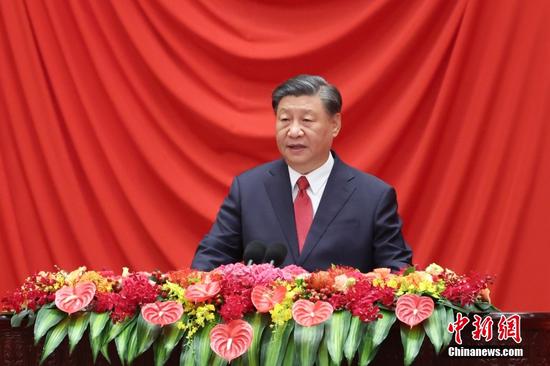
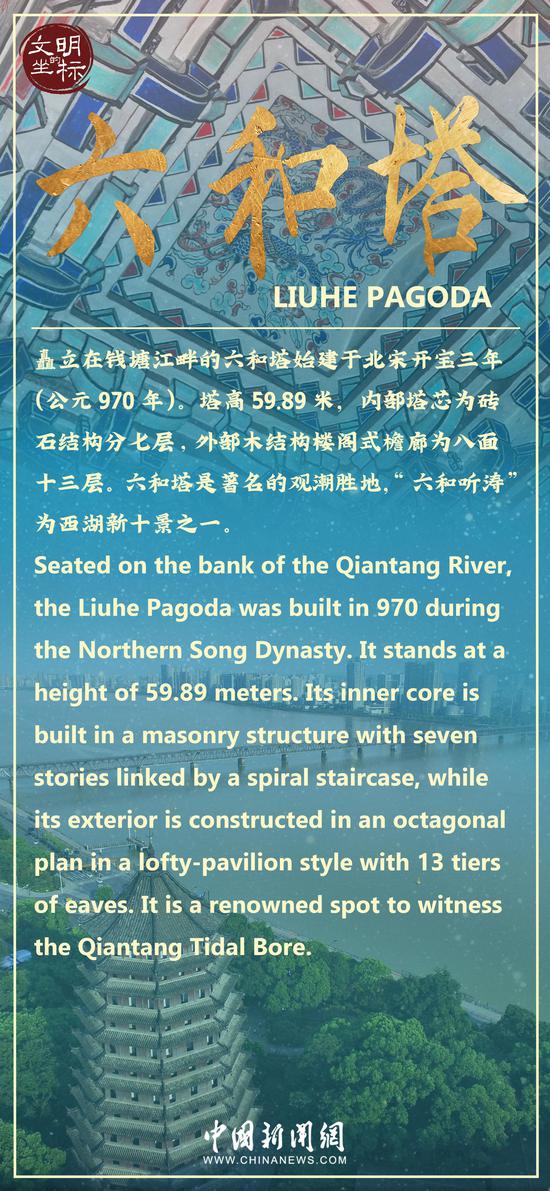
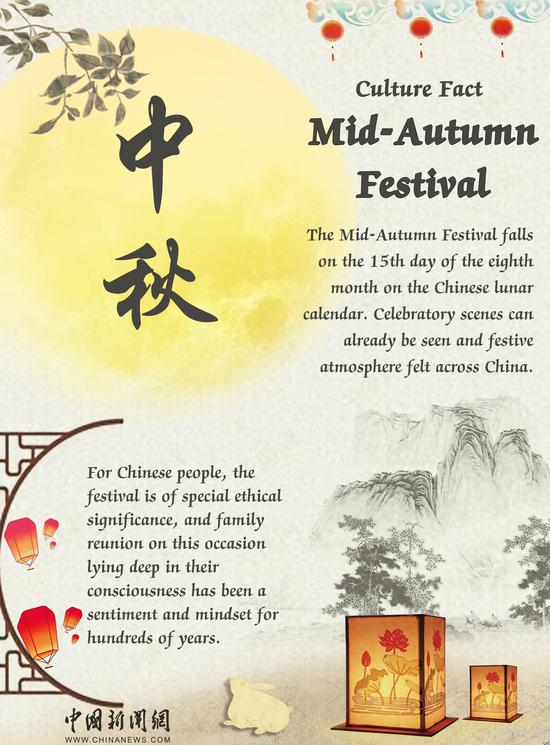
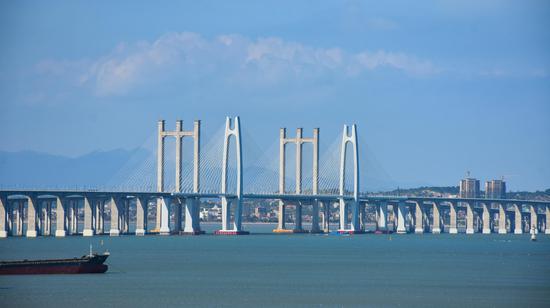


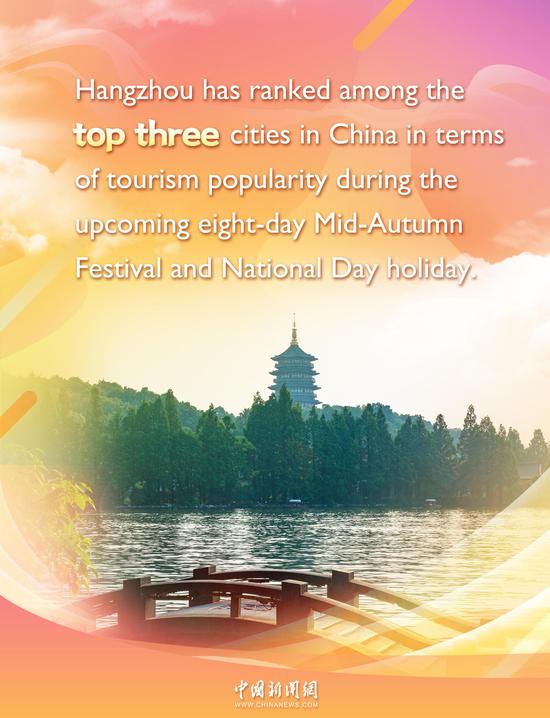
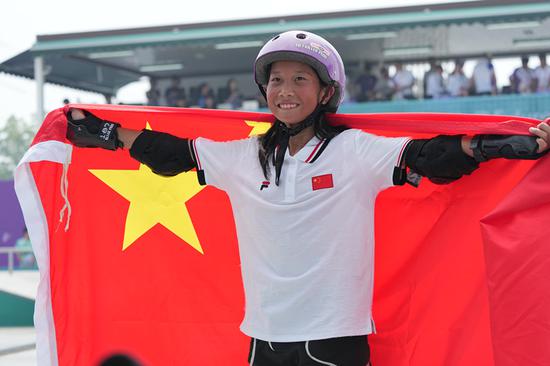

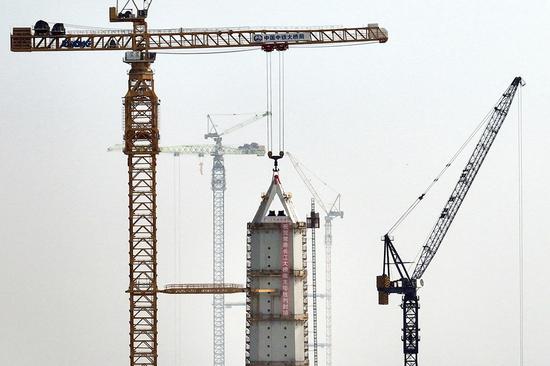

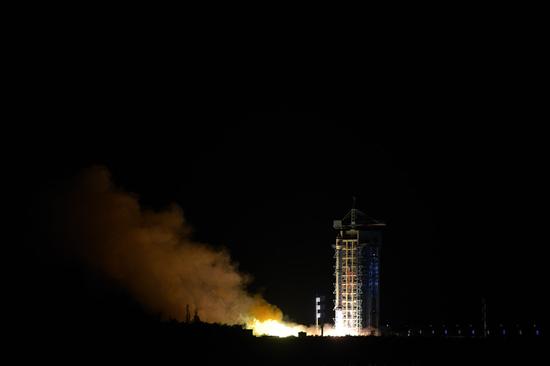

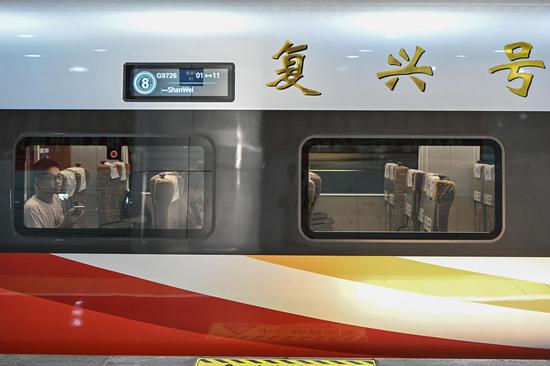


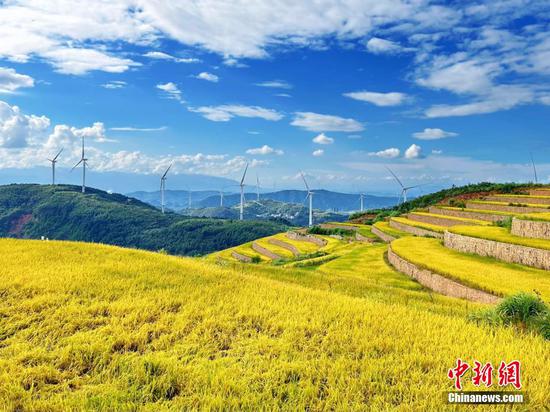





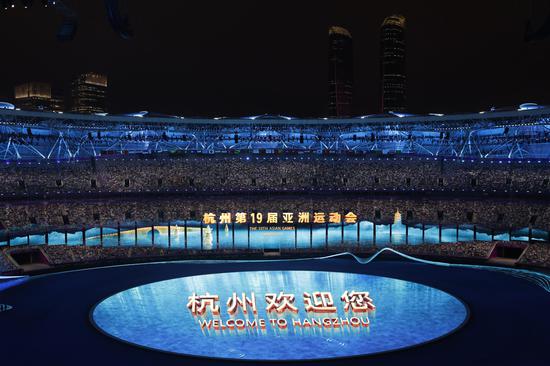

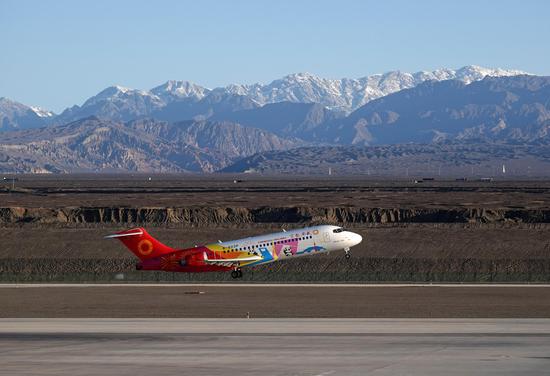

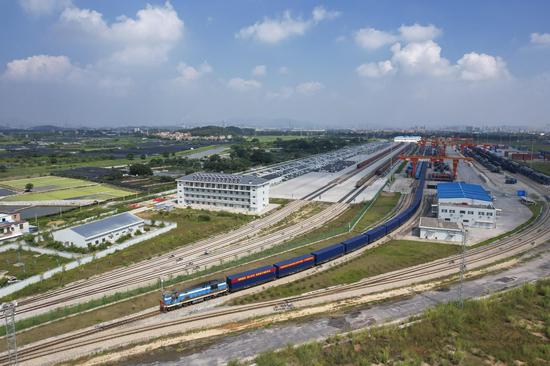
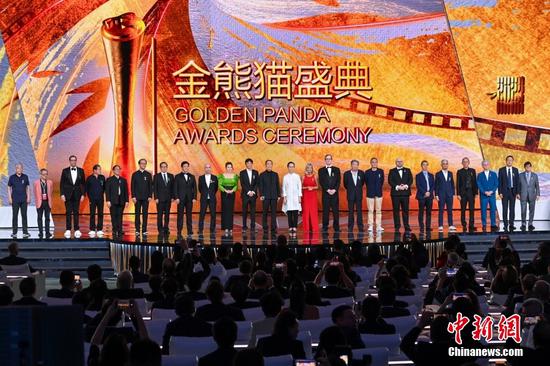



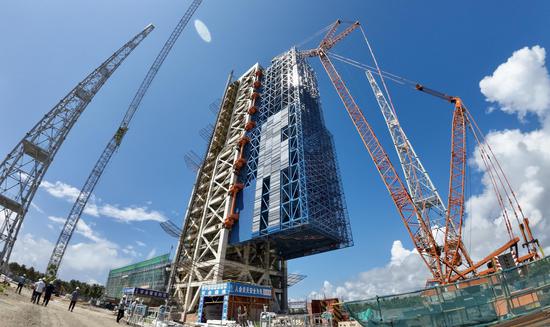
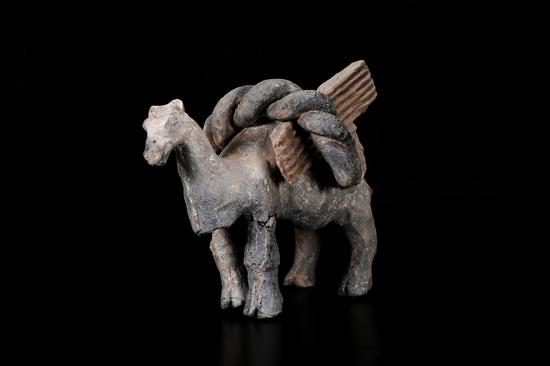







 京公網(wǎng)安備 11010202009201號
京公網(wǎng)安備 11010202009201號